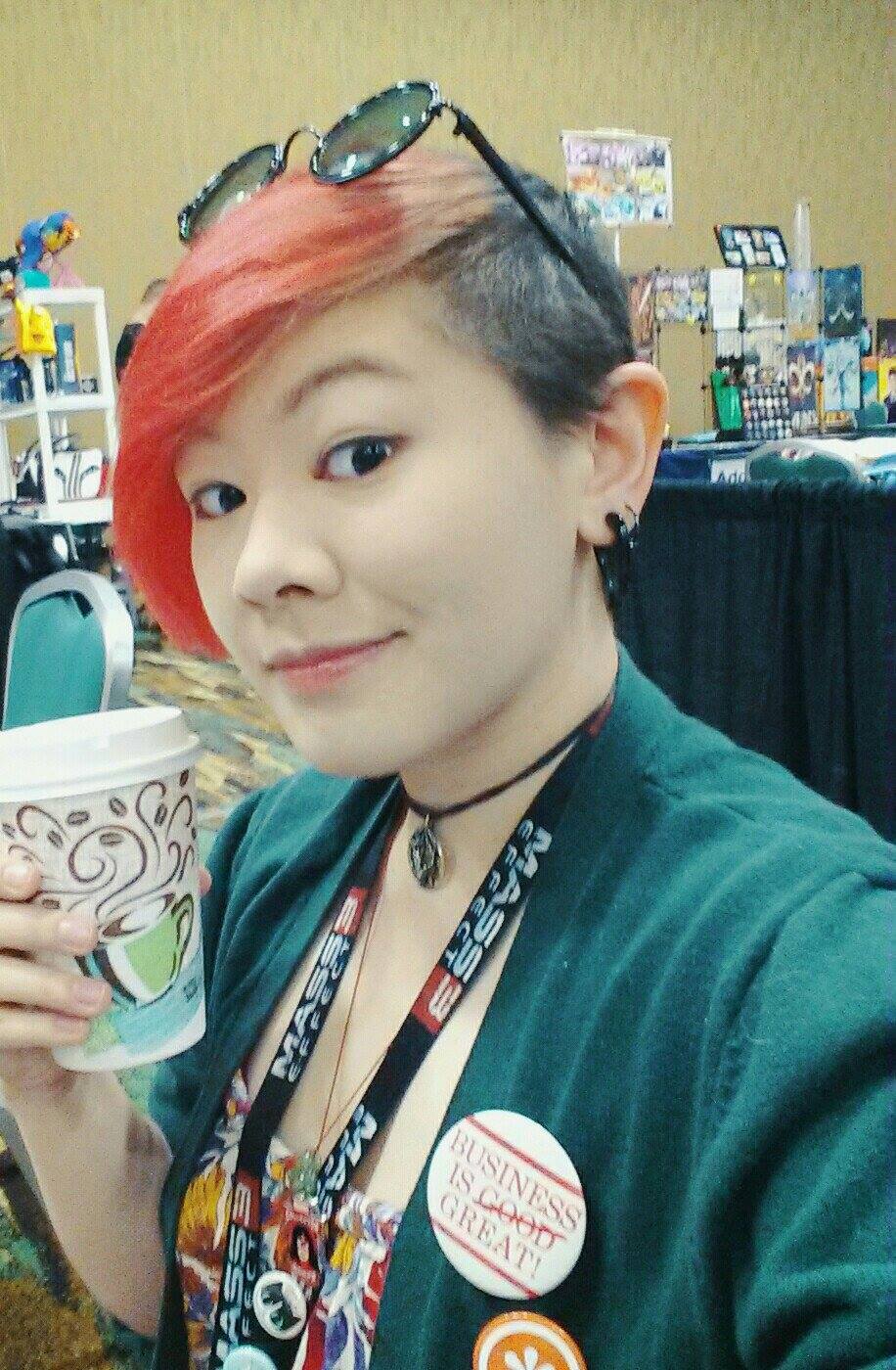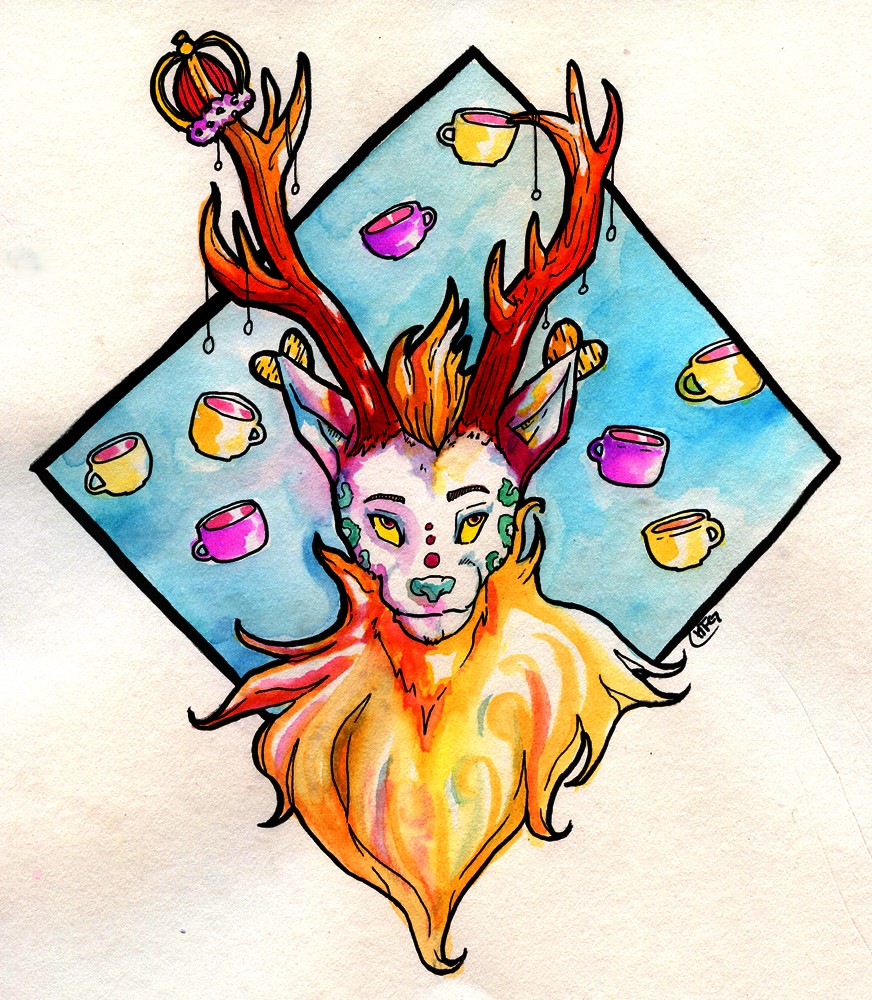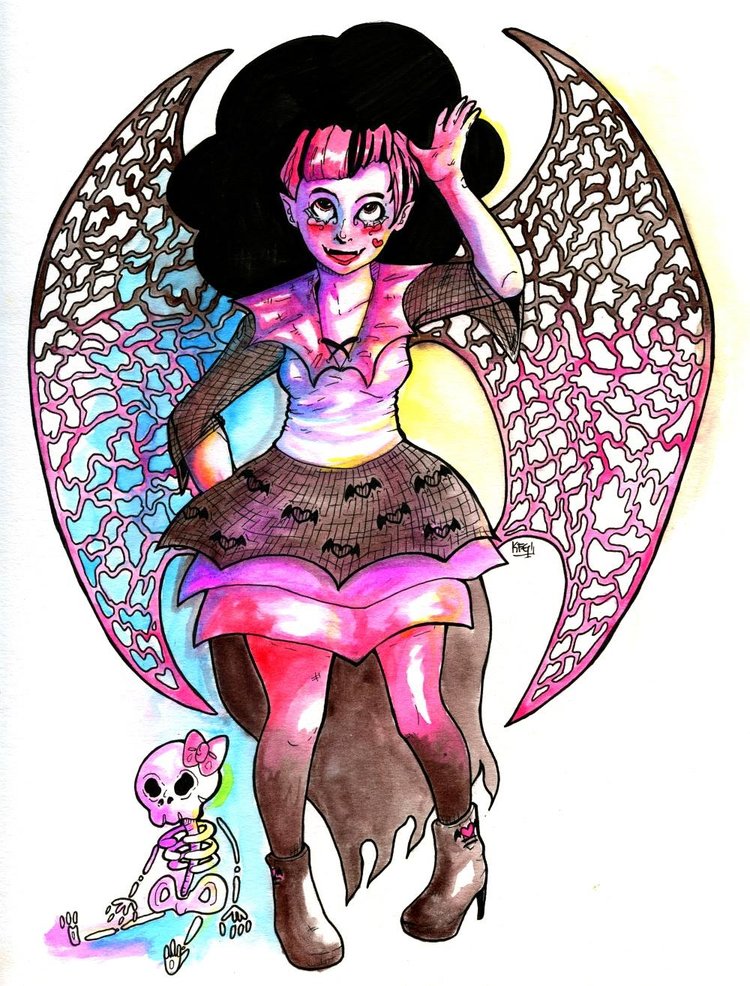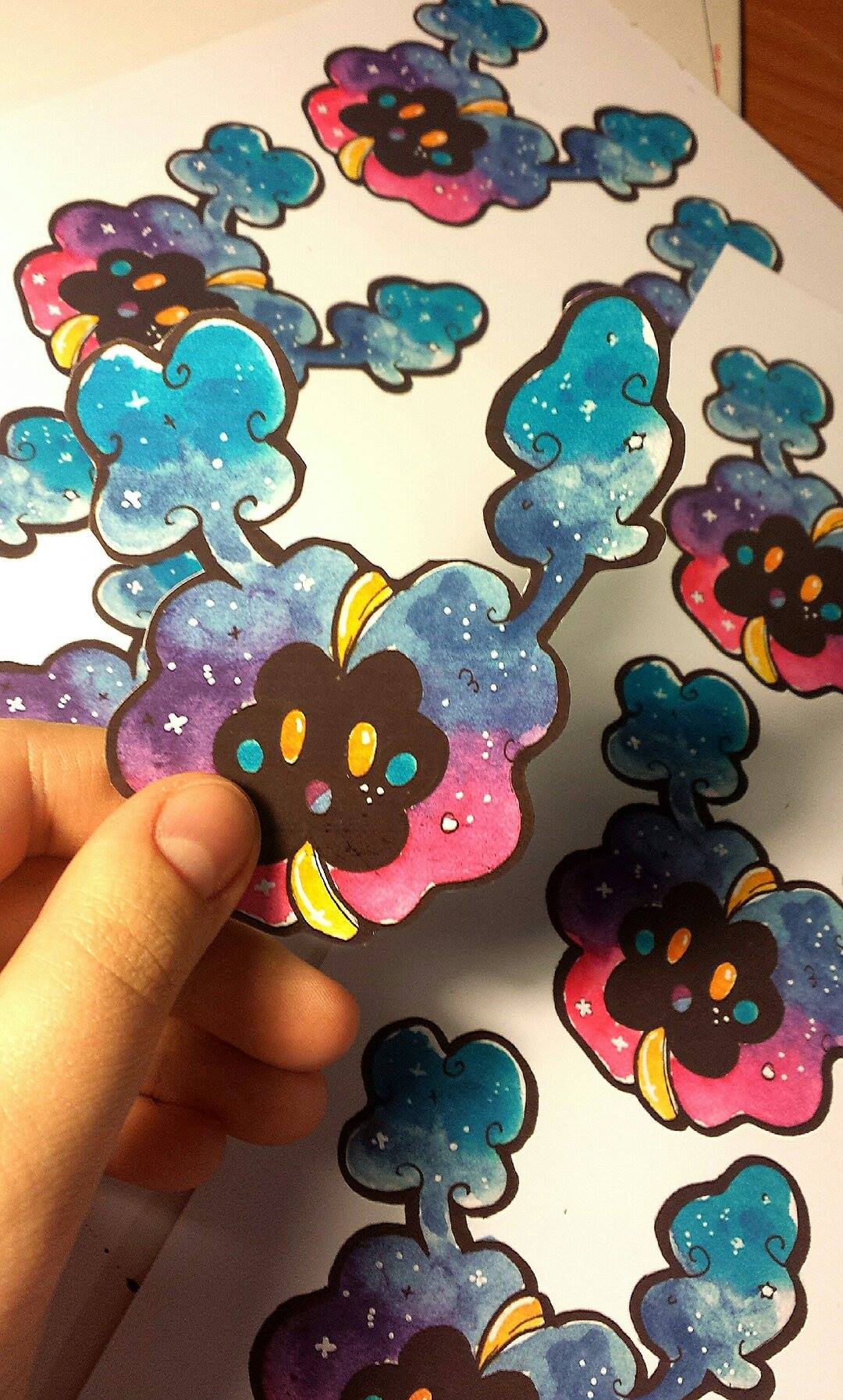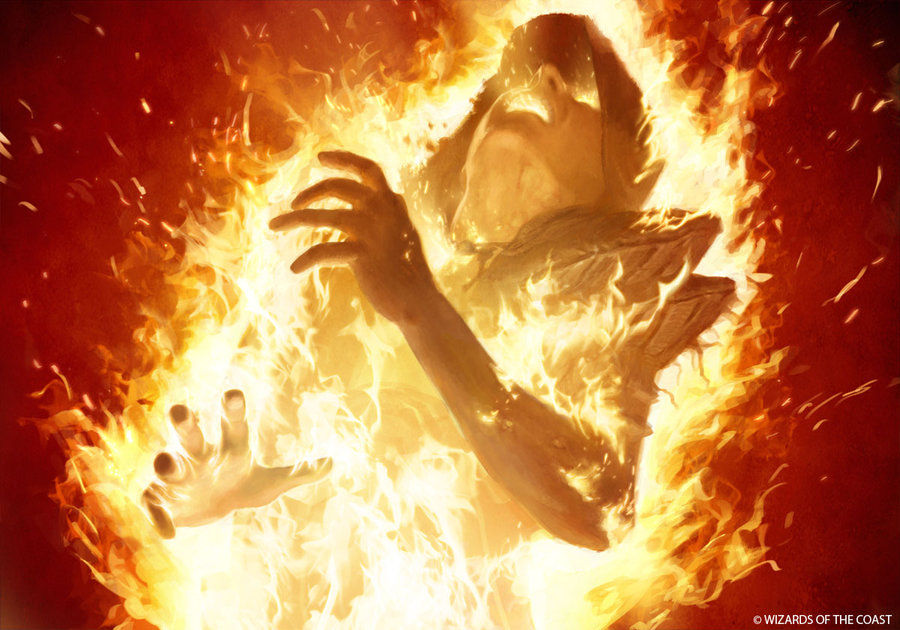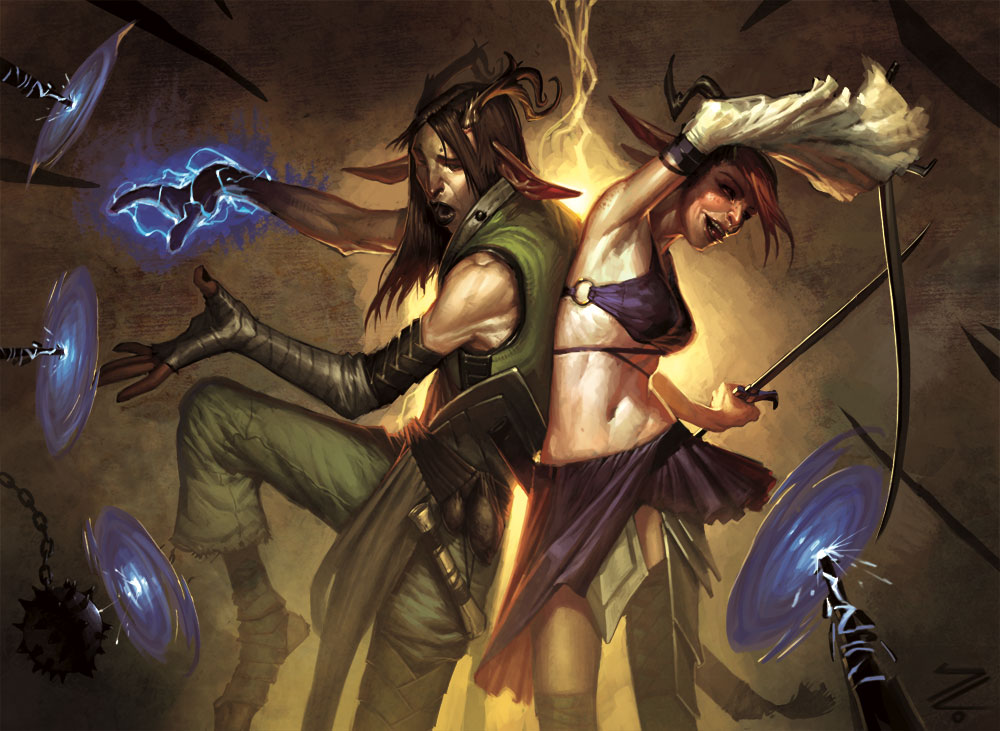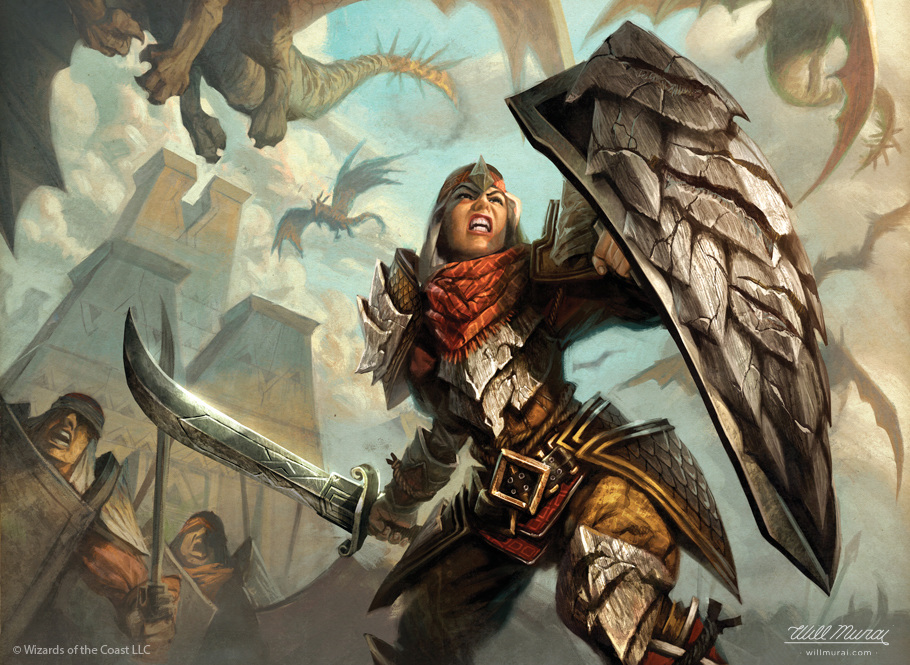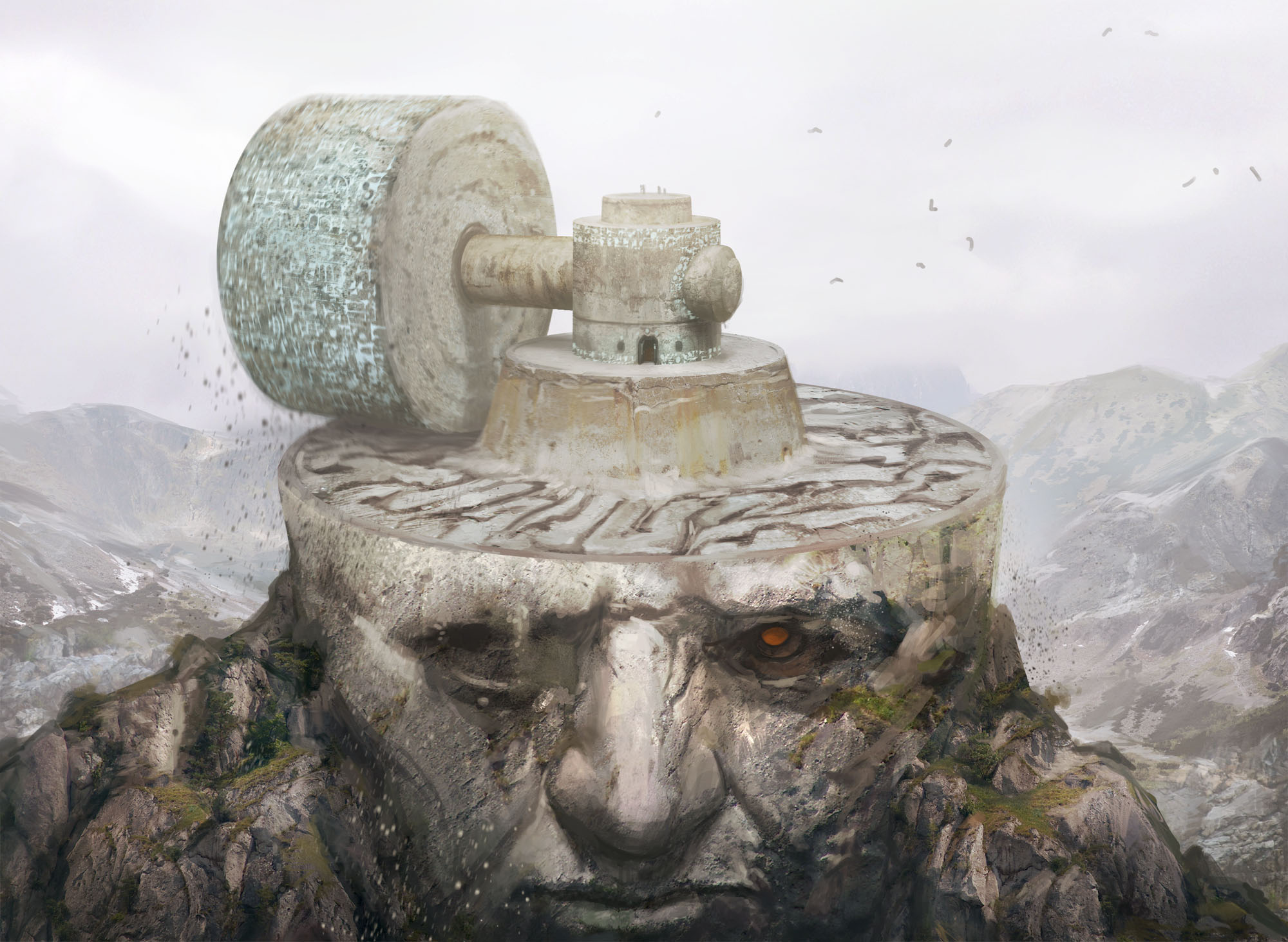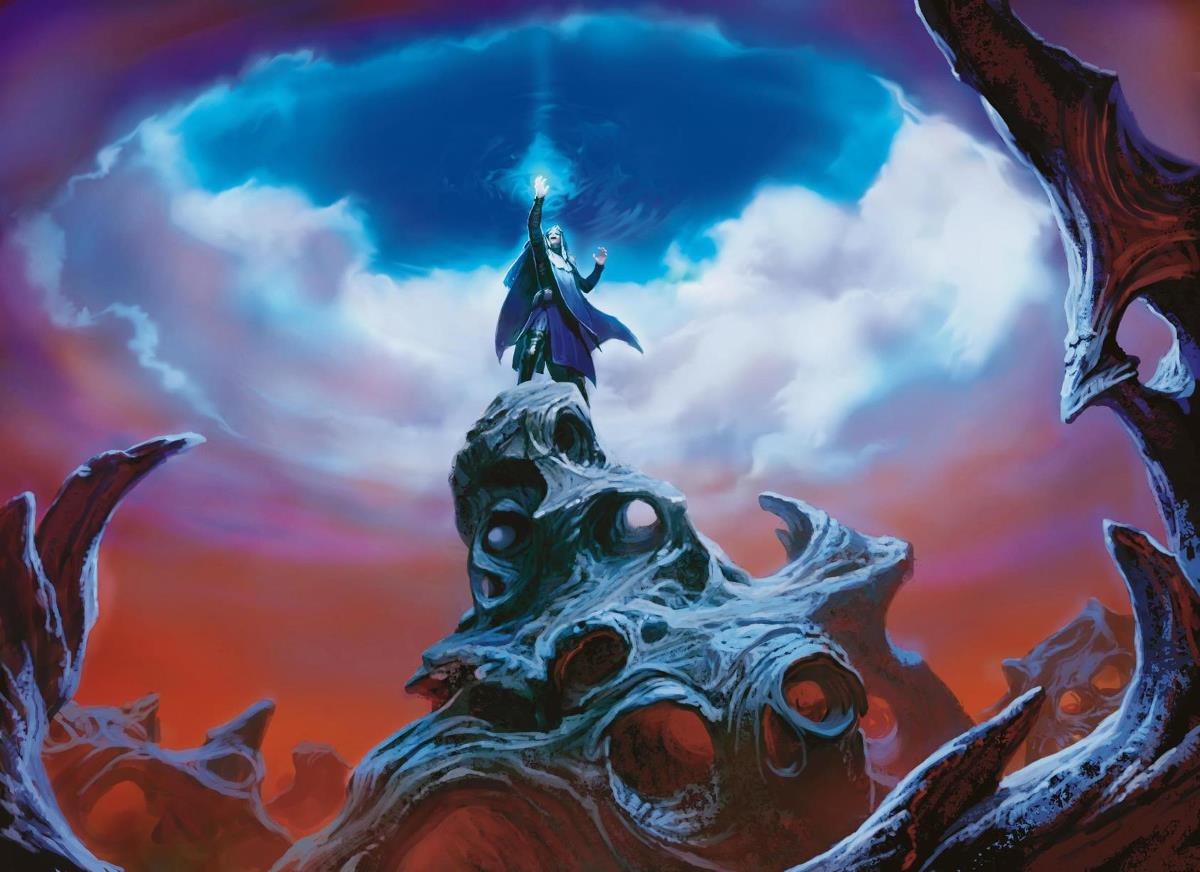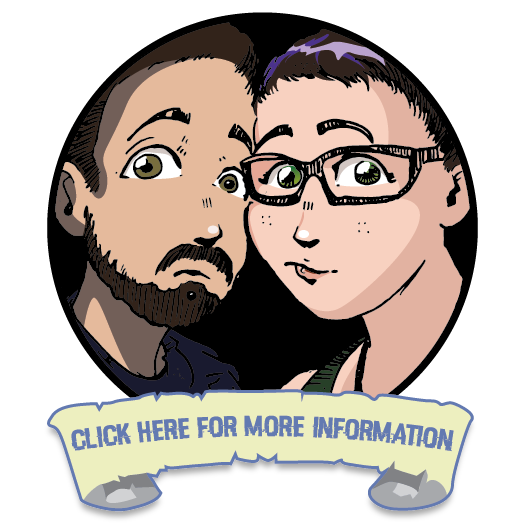Playing catch up can be extremely hard - especially if the reasons behind falling behind initially were completely out of your control.
That being said, the Metal Marionette project is still going strong!
"Metal Marionette: Amie"
The final piece is a 20" x 30" digital painting.
This is the second in a series of paintings that will be all based around an overall cyberpunk theme. I'm playing with the natural-to-unnatural balance in the images what with placing some of them in a very natural setting. In some ways I find this to be in juxtaposition to what we typically see. We usually see cyberpunk characters in ultra-high tech settings with tech on all sides. While I won't say this typical variety won't make an appearance, my favorite things to paint happen to be clouds and wires, so I ventured into both of these simultaneously.
Amie is a band promoter. Every day she travels from one end of the world to another, at the whims of her clients. Always on time, never late. What kind of chaos would he world be plunged into if her van broke down - in the middle of nowhere? She's already late, her clients have been ringing off the hook, frantic - never mind any of the stresses she herself might be feeling. Today feels like the day, the day when none of it matters anymore. She calls one last time, to leave a message with her clients, before beginning an even bigger adventure.





















